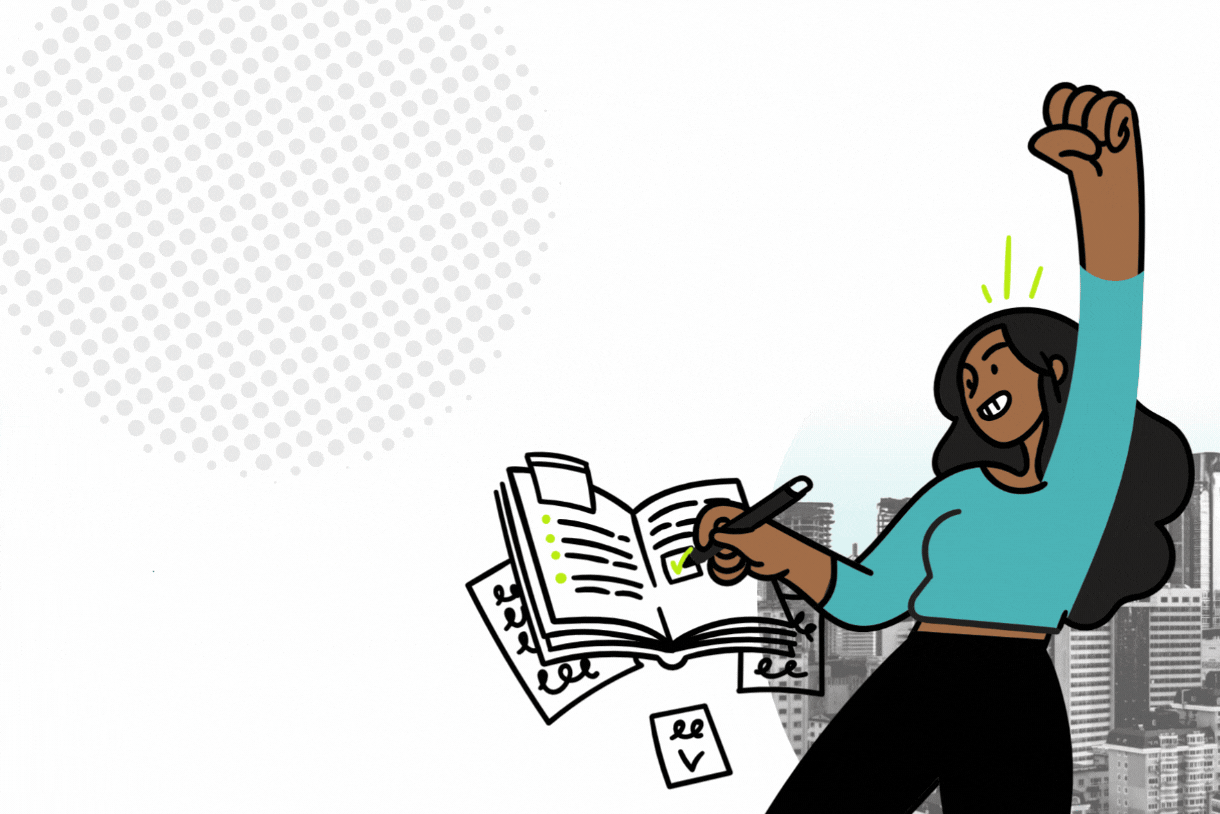VAT on Mixed Supplies (Goods + Exempt Services)
This article will count 0.25 units (15 minutes) of unverifiable CPD. Remember to log these units under your membership profile.
Many businesses in Namibia provide both taxable goods. For example optometry practices sell spectacles, contact lenses, and accessories—and healthcare services, such as eye examinations performed by registered optometrists which are VAT exempt services. Offering a mix of standard rated and exempt goods and services raises a common and important VAT question: when is it permissible to charge VAT on the full invoice, and when must input VAT be apportioned?
Below we look at the correct VAT treatment for such scenarios based on the Value-Added Tax Act No. 10 of 2000 (as amended) and guidance from the NamRA in VAT Practice Notes, with particular attention to the “90% rule” for input VAT apportionment and the legal distinction between composite and mixed supplies.
The Legal Framework
Taxable and Exempt Supplies
Section 6(1)(a) of the VAT Act states that VAT is chargeable on all taxable supplies at the standard rate (currently 15%).
Schedule V of the Act exempts certain medical and healthcare services for VAT, including optometric services rendered by registered professionals. These are not subject to VAT.
Input Tax Recovery
Section 18(1) of the Act allows VAT-registered businesses to claim input tax only to the extent that goods or services are acquired for the purpose of making taxable supplies. Exempt supplies do not fulfill this criteria.
NamRA’s Practice Note: The 90% Rule
NamRA has issued a practice note stating that where more than 90% of a VAT-registered person's total turnover in a tax period arises from taxable supplies, they may recover the full amount of input VAT incurred—no apportionment is necessary.
This rule impacts input VAT recovery only. It does not authorize the charging of VAT on exempt supplies.
Applying the Law: Composite vs. Mixed Supplies
When your business supplies both taxable goods (like glasses or contact lenses) and exempt services (like eye tests), the correct VAT treatment depends on the nature of the supply and how you invoice for it. Follow these steps to determine your obligations:
Step 1: Identify Your Supplies
Start by classifying what you're selling:
Taxable supplies are standard-rated at 15% (e.g. frames, lenses).
Exempt supplies include certain healthcare services under Schedule V, such as eye tests by registered optometrists.
Decision:
VAT applies only to taxable items. Exempt items cannot attract VAT unless bundled in a specific way (see next step on incidental services).
Step 2: Are the Services Incidental?
Determine whether the exempt service (e.g. an eye test) is a minor, supporting part of the main taxable sale.
If it’s a “free” or embedded service offered as part of selling glasses (e.g. “free eye test with purchase”), then it's considered incidental.
If it’s billed separately (especially for medical aid), it’s a distinct service.
Decision:
Incidental service → You’re making a composite supply → Charge VAT on the full invoice.
Distinct service → You’re making a mixed supply → Only charge VAT on taxable goods.
Step 3: Calculate Your Turnover Mix
Look at your total income for the VAT period:
What proportion comes from taxable goods?
This determines whether you must apportion input VAT.
Decision:
If more than 90% of turnover is from taxable supplies → No apportionment needed (per NamRA’s 90% Practice Note)
If 90% or less → Apportion input VAT using:
(Taxable Turnover ÷ Total Turnover) × Total Input VAT
Step 4: Invoice Appropriately
Once you know whether your supply is composite or mixed:
Composite supply → One invoice with VAT on the total amount.
Mixed supply → Split invoice:
VAT on the goods only.
Exempt services shown without VAT.
Comparative Insight - the South African Capitec Case (2023)
In South Africa, the Constitutional Court held that a free, incidental service bundled with taxable services can still qualify as a composite taxable supply, allowing full VAT recovery when that service is genuinely incidental to the main taxable supply .
If the eye test is truly incidental to the sale of glasses (not billed separately, but merely a necessary part of the taxed supply), a composite supply classification similar to Capitec could support treating it as part of the taxable invoice—consistent with your >90% turnover approach.
For Namibian Tax Application:
Mixed vs. Composite Supplies
If the eye test is composite (bundled and subordinate to the sale of frames/lenses), you may apply VAT on the entire invoice. (I assume it is separate, billed also for the medical aid)
If it’s a distinct, separately invoiced service, it should remain exempt and no VAT charged on that part.
Input VAT Apportionment
The >90% taxable turnover rule lets you recover full input VAT, even with some exempt output.
But it does not permit VAT on truly exempt supplies.
Supporting with Procedure and Documentation
Clarity and strong documentation are essential to withstand NamRA scrutiny or litigation.
Conclusion
Ensure your invoices reflect the correct VAT treatment. Also, maintain clear documentation—NamRA may request evidence that your classifications and VAT claims are justified.
You may charge VAT on the entire invoice only if the exempt service is incidental to the taxable sale.
The 90% rule allows for full input VAT recovery but does not authorize output VAT on exempt supplies.
Proper classification of your supplies and clear invoicing practices are essential to remain compliant and avoid disputes with NamRA.
📺 Learn more about VAT and other tax related topics by enrolling for CIBA’s expert-led webinars!
Check out the CIBA webinars available on our Events Calendar!








